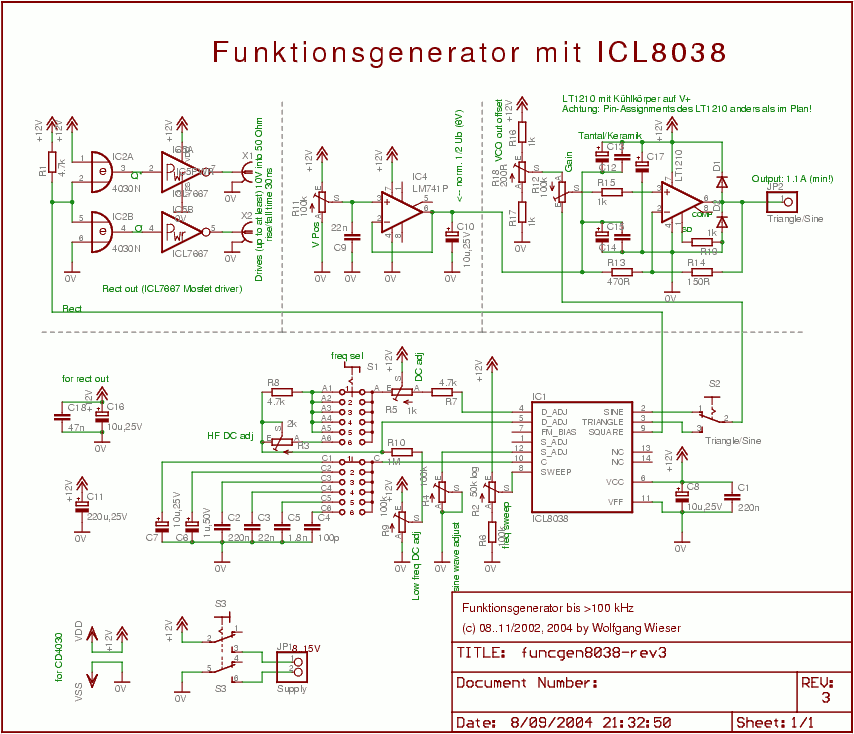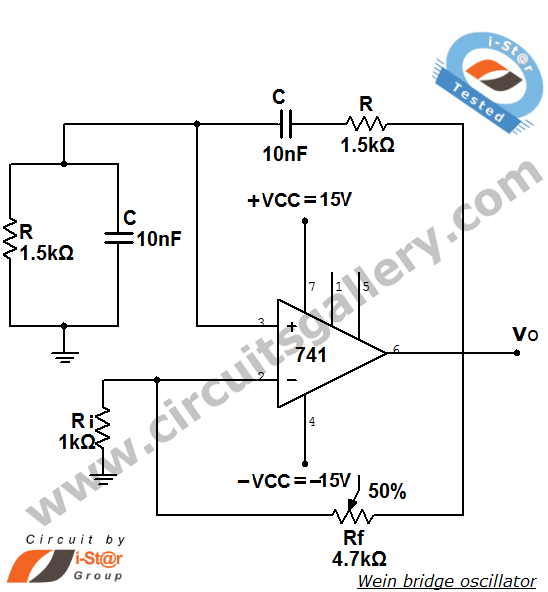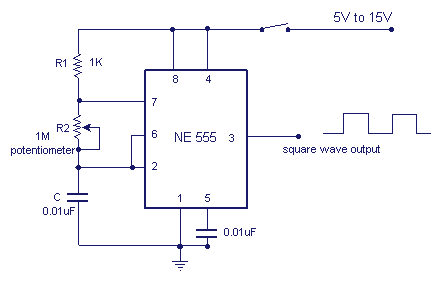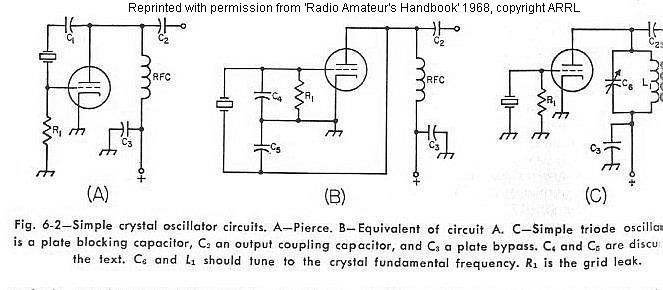
10 to 1000 MHz Oscillator

Nowadays, it is no longer necessary to use discrete components to build oscillators. Instead, many manufacturers provide ready-made voltage-controlled oscillators.
Modern electronic design has evolved significantly, eliminating the need for discrete components in the construction of oscillators. Voltage-controlled oscillators (VCOs) are now widely available as integrated circuits (ICs) from various manufacturers, allowing for greater efficiency and reliability in circuit design. These VCOs can generate a range of frequencies based on an input voltage, making them ideal for applications such as phase-locked loops (PLLs), frequency modulation, and signal synthesis.
Typically, a voltage-controlled oscillator consists of a frequency-determining element, such as a capacitor or inductor, and an active component, like a transistor or operational amplifier, that provides gain and oscillation. The output frequency can be adjusted by varying the control voltage, which changes the reactance of the frequency-determining element.
In addition to their compact size and ease of use, ready-made VCOs often come with features such as low phase noise and temperature stability, which are critical in high-performance applications. Designers can select from a variety of VCO types, including linear, exponential, and sawtooth oscillators, depending on the specific requirements of their projects.
The integration of VCOs into electronic designs not only simplifies the design process but also enhances the overall performance of the system, providing a reliable solution for generating precise frequencies in a compact form factor.Nowadays, it is no longer necessary to use discrete components to build oscillators. Instead, many manufacturers provide ready-made voltage-controlled osci. 🔗 External reference
Modern electronic design has evolved significantly, eliminating the need for discrete components in the construction of oscillators. Voltage-controlled oscillators (VCOs) are now widely available as integrated circuits (ICs) from various manufacturers, allowing for greater efficiency and reliability in circuit design. These VCOs can generate a range of frequencies based on an input voltage, making them ideal for applications such as phase-locked loops (PLLs), frequency modulation, and signal synthesis.
Typically, a voltage-controlled oscillator consists of a frequency-determining element, such as a capacitor or inductor, and an active component, like a transistor or operational amplifier, that provides gain and oscillation. The output frequency can be adjusted by varying the control voltage, which changes the reactance of the frequency-determining element.
In addition to their compact size and ease of use, ready-made VCOs often come with features such as low phase noise and temperature stability, which are critical in high-performance applications. Designers can select from a variety of VCO types, including linear, exponential, and sawtooth oscillators, depending on the specific requirements of their projects.
The integration of VCOs into electronic designs not only simplifies the design process but also enhances the overall performance of the system, providing a reliable solution for generating precise frequencies in a compact form factor.Nowadays, it is no longer necessary to use discrete components to build oscillators. Instead, many manufacturers provide ready-made voltage-controlled osci. 🔗 External reference





